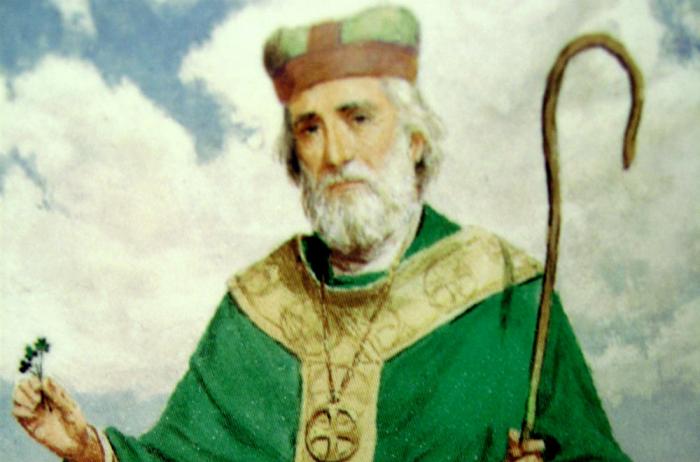People all over the world are celebrating St. Patrick's Day. Why? How is a saint connected with shamrocks, leprechauns, green beer, and pinching people who forget to wear green? According to legend, St. Patrick chased snakes into the sea after they began attacking him during a 40-day fast on top of a hill. But St. Patrick was not Irish. He was British, and no church has ever officially named him a saint.
The true story begins in the 4th century when Patrick was born, about the same time Christianity became the official religion of the Roman Empire. His dad was a deacon, granddad a pastor, but Patrick had no interest in Christianity – not until he was 16 years old when his life suddenly changed when Irish pirates were raiding along the western coast of Britain. They took him prisoner, and he ended up a slave on a sheep ranch in Ireland. His slave master was a Druid priest in a clan.
After six years of slavery, Patrick had a dream of escaping, and he did. He fled to Britain and became a monk, but 20 years later God called him to go back to proclaim the gospel to his former captors. He spoke first to the Cheiftans of each Druidic clan, and one of the first people to embrace the message of Jesus was Milchu, who was once Patrick's slave master for six years. According to tradition, Patrick used the 3-leaf Shamrock to explain the Trinity because they saw it as a sacred symbol. Just as the Shamrock is one single clover with three leaves, God is one god composed of the Father, the Son Jesus, and the Holy Spirit.
Patrick died on March 17th in the year 493. He was not never officially named a saint, but he was a simple servant of Jesus Christ who shared God's love with Ireland and the very people who had once enslaved him. Guided by the mission, he planted churches and became known as the “Apostle of Ireland.”




